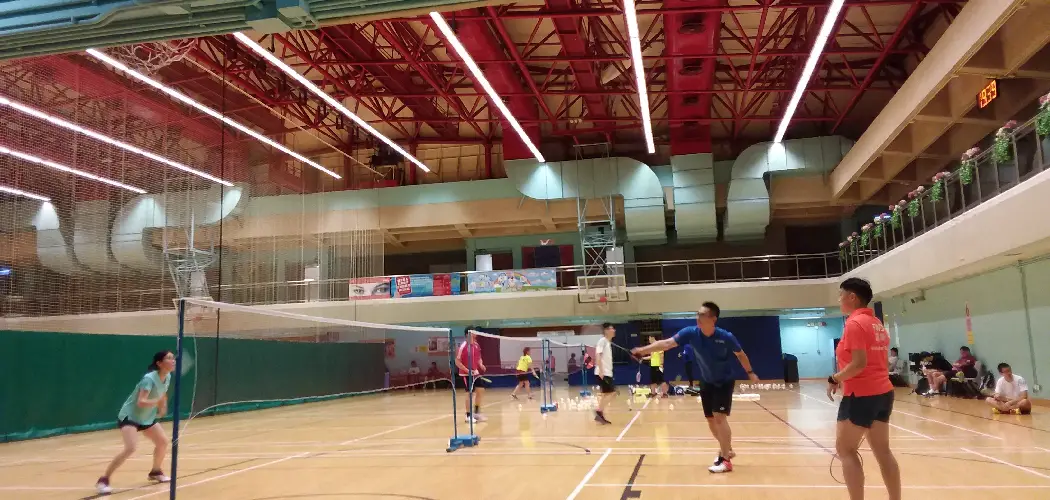Badminton is a popular sport that requires fast reflexes and sharp movements, making it necessary to have proper lighting on the court. Poor lighting can not only hinder visibility but can also lead to injuries due to misjudging the trajectory of the shuttlecock. Therefore, it is essential to wire badminton court lighting correctly for optimal performance and safety.
In this guide, we will discuss the necessary steps on how to wire badminton court lighting effectively. From choosing the right type of bulbs to determining their placement on the court, we have got you covered.
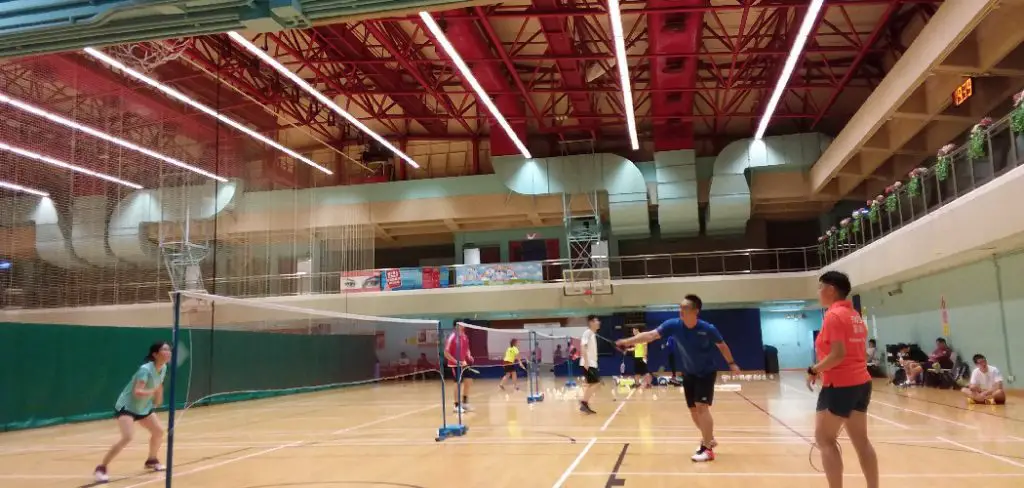
Understanding Badminton Court Lighting Requirements
Before we get into the wiring process, it is crucial to understand the lighting requirements for a badminton court. The Badminton World Federation (BWF) has set specific guidelines for lighting levels and uniformity on a standard badminton court. According to their regulations, the minimum lighting level should be 300 lux with uniformity of at least 0.7.
To achieve this level of lighting, you will need to install a combination of different types of bulbs, including metal halide or LED floodlights and fluorescent or LED strip lights. Keep in mind that the type and number of bulbs may vary depending on the size and layout of your court. Therefore, it is best to consult a professional electrician for personalized recommendations.
Tools and Materials You Will Need to Wire Badminton Court Lighting
- Wire cutter/stripper
- Voltage tester
- Screwdrivers (flathead and Phillips)
- Electrical tape
- Cable ties
- Junction boxes
- Circuit breakers
- Electric wires (14-gauge or 12-gauge)
- Bulbs of your choice (metal halide, LED floodlights, fluorescent or LED strip lights)
- Light switches
Step-by-step Guidelines on How to Wire Badminton Court Lighting
Step 1: Map out Your Court for Proper Placement of Lights
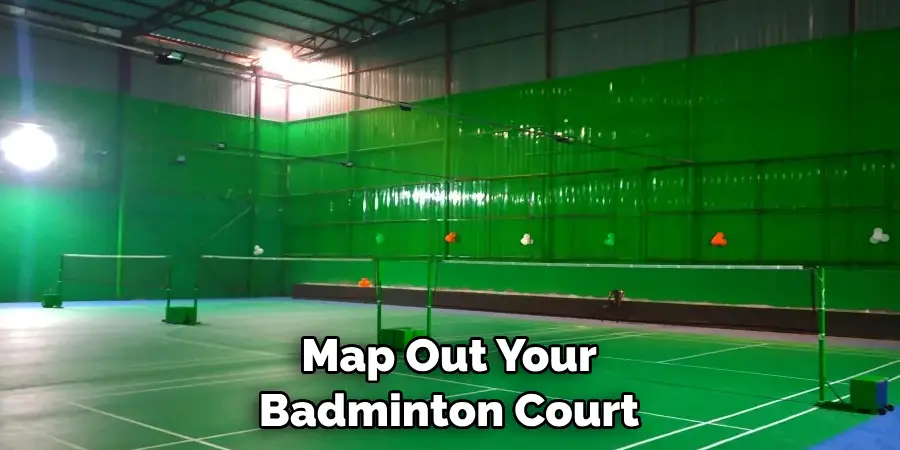
The first step is to map out your badminton court, including the boundaries and net area. This will help you determine the best locations for installing the lights. Keep in mind that the lighting should be evenly distributed across the entire court to avoid shadows or glare. If needed, you can use a light meter to measure the lighting levels at different points on the court. This will help you make any necessary adjustments during the wiring process.
Step 2: Prepare Your Electrical Circuit
Before starting the wiring process, make sure to turn off the electricity supply to your court. Next, install a junction box near each light location to connect the wires from the power source and the lights. Preparing the electrical circuit beforehand will make it easier to connect and secure the wires later on. Make sure to follow all necessary safety precautions while working on the electrical circuit.
Step 3: Install Light Fixtures and Bulbs
Once your electrical circuit is ready, it’s time to install the light fixtures and bulbs. Begin by attaching the light fixtures to the ceiling or wall using screws. Next, connect the wires from the junction box to the corresponding wires on the light fixture. Make sure to twist and secure them with wire connectors before tucking them into the junction box. Finally, install the bulbs in their designated fixtures and secure them properly.
Step 4: Connect the Light Switches
Now that your lights are installed and connected, it’s time to connect them to the light switches. If you have multiple sets of lights, you can group them and connect them to a single switch for easier control. Make sure to label each switch accordingly for future reference. Once all the switches are connected, turn on the electricity supply and test each switch to ensure all the lights are working correctly.
Step 5: Secure and Hide Wires
To ensure the safety of players, it is crucial to secure and hide all exposed wires properly. Use cable ties or electrical tape to secure the wires along the walls or ceiling, keeping them out of reach. You can also use wire channels for a neater and more organized look. This step is essential to avoid any accidents or injuries caused by tripping over exposed wires.
Following these steps will help you wire badminton court lighting correctly and efficiently. It is recommended to seek professional help if you are not familiar with electrical work or if your court has complex wiring requirements. Remember, proper lighting is essential for a smooth and safe game of badminton, so make sure to regularly check and maintain your court’s lighting system. Keep playing!
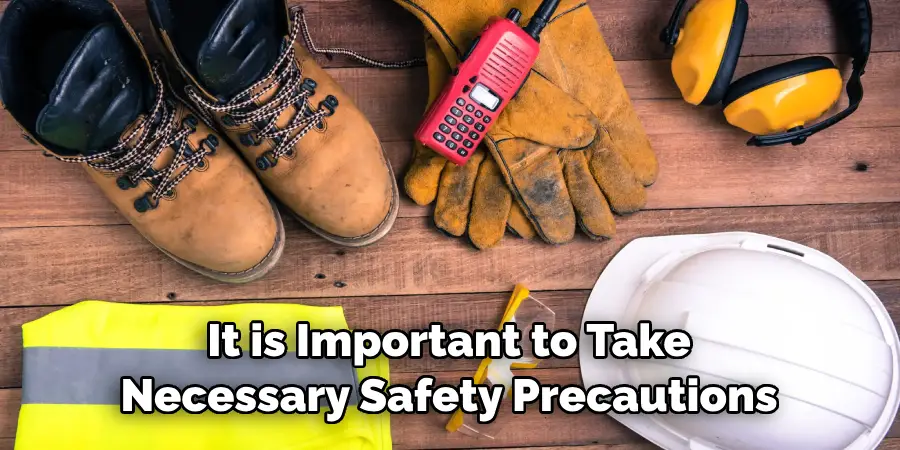
Additional Tips and Tricks to Wire Badminton Court Lighting
1. Determine the ideal lighting level – The recommended lighting level for a badminton court is between 500 and 750 lux. However, this may vary depending on the type of competition being played and the personal preferences of players.
2. Use LED lights – LED lights are energy-efficient, have a longer lifespan, and provide better illumination compared to traditional lights. They also can be dimmed, allowing for different lighting levels for different types of play.
3. Choose a color temperature – The color temperature of lights used in badminton courts should fall between 4000K and 5000K, as this provides a neutral white light that is ideal for indoor sports.
4. Consider glare control – Glare from overhead lights can impede players’ vision and affect their performance. Installing light fixtures with anti-glare shields or using diffusers can help reduce glare.
5. Optimize the placement of lights – Lights should be positioned evenly throughout the court to ensure uniform lighting. Avoid placing lights directly above the net, as this can create a shadow that may impact gameplay.
6. Install separate switches for different zones – Having separate switches for lights in different areas of the court, such as the playing area and spectator area, allows for more flexibility in managing lighting levels.
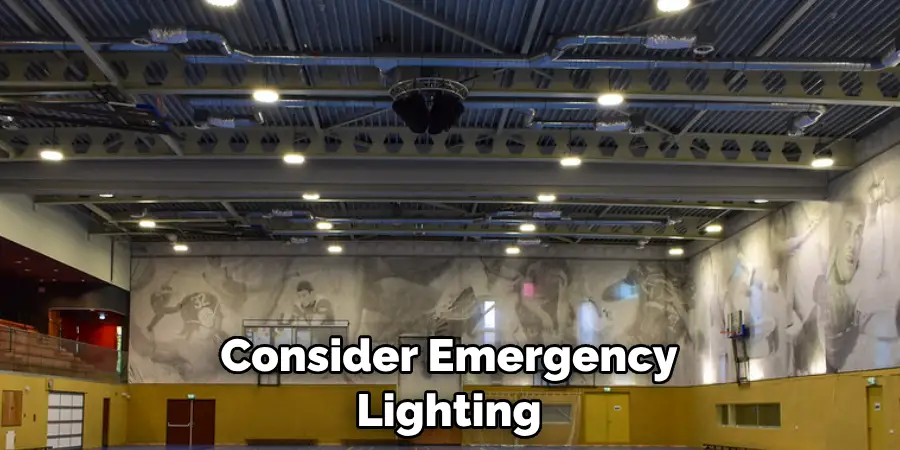
7. Utilize motion sensors – Installing motion sensors can help save energy by turning off lights when there is no activity on the court. This is especially beneficial for facilities that are not used frequently.
8. Consider emergency lighting – In the event of a power outage, it is important to have backup lighting in place for safety reasons. Emergency lights can also serve as a guide for players to safely exit the court.
9. Regular maintenance – It is essential to regularly clean and maintain the light fixtures to ensure they are functioning properly and providing adequate lighting. This includes replacing any burnt-out bulbs or damaged fixtures.
Following these tips and tricks can help create a well-lit badminton court that promotes optimal play and enhances the overall experience for players. Additionally, consulting with a professional lighting designer can also ensure that the lighting system is tailored to meet specific needs and requirements. With proper lighting, players can enjoy playing in a safe, comfortable, and visually appealing environment. So go ahead and put these tips into practice and see the difference it makes on your badminton court. Happy playing!
Things You Should Consider to Wire Badminton Court Lighting
1. Layout of the Court:
The layout of the court should be taken into consideration when installing badminton court lighting. Different types of lighting are designed for specific court dimensions and orientations, so it is important to choose the right type based on your court’s layout. This will ensure maximum coverage and optimal lighting for players.
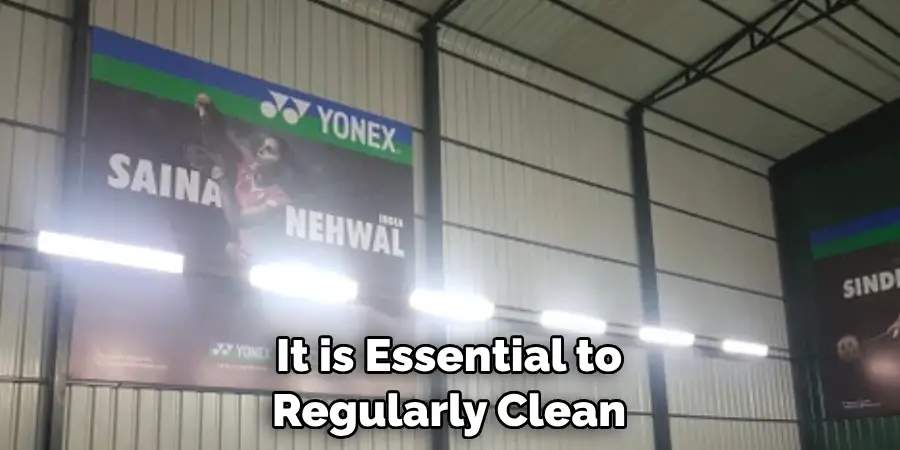
2. Light Distribution:
The distribution of light is a crucial factor when it comes to badminton court lighting. The lights should be evenly distributed across the entire court, providing enough illumination for both sides of the court. Uneven lighting can cause shadows and glare, which can affect players’ vision and performance. If possible, opt for lighting systems with adjustable light distribution to cater to different court layouts.
3. Type of Lighting:
There are various types of lighting options available for badminton courts, including fluorescent, metal halide, and LED lights. Fluorescent lights are typically the most affordable but may not provide enough brightness for competitive play. Metal halide lights are brighter than fluorescent lights but have a shorter lifespan and can be costly to maintain. LED lights are the most energy-efficient and long-lasting option, making them a popular choice for badminton court lighting. However, they can be more expensive upfront.
4. Color Temperature:
The color temperature of lighting can also affect the visibility of players on the court. The ideal color temperature for badminton courts is between 4000K to 5000K, providing a bright and natural-looking light that promotes better visibility. Avoid using lights with color temperatures below 3000K as they can create a yellowish tint, making it difficult for players to see the shuttlecock.
5. Maintenance and Lifespan:
Maintenance and lifespan are important considerations when investing in badminton court lighting. Regular maintenance is necessary to ensure the lights are functioning properly and providing adequate illumination. LED lights have a longer lifespan compared to other types of lighting, which can save you money in the long run on replacement costs.
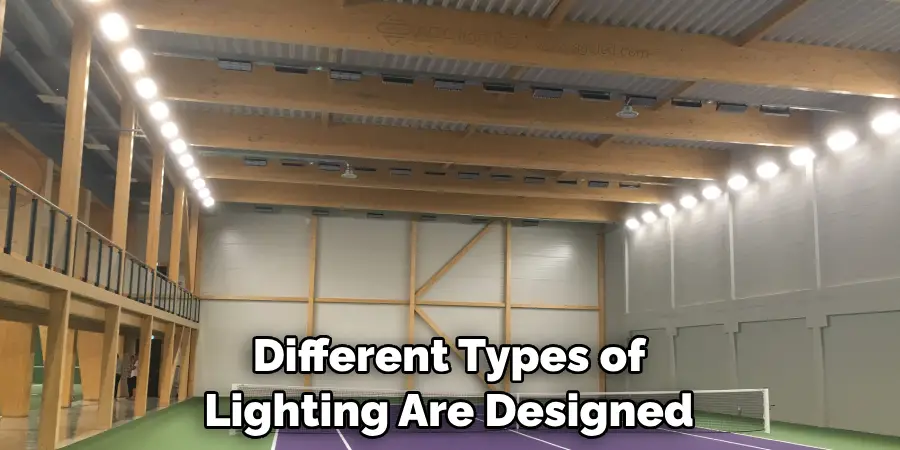
6. Energy Efficiency:
Another important factor to consider is the energy efficiency of the lighting system. In addition to being more environmentally friendly, energy-efficient lighting can also save you money on your energy bills. LED lights are the most energy-efficient option, using up to 80% less energy than traditional lighting options. This makes them a cost-effective choice in the long run.
7. Compliance with Regulations:
Before installing badminton court lighting, it is important to check and comply with local regulations. There may be specific requirements for lighting levels, light spillage, and glare limitations that must be followed. Failure to comply with these regulations can result in fines or even legal action.
Following these considerations can ensure that your badminton court lighting is optimal for competitive play and provides a safe and enjoyable experience for players. Don’t forget to regularly maintain your lights to ensure they are always providing the best illumination possible. With proper installation and maintenance, you can create a well-lit badminton court that will enhance the overall playing experience for everyone. So, choose wisely and enjoy the game! Happy playing!
Troubleshooting Common Issues to Wire Badminton Court Lighting
1. Lights Flickering or Not Turning On:
This issue is often caused by a faulty connection between the lights and the power source. Check all connections and make sure they are secure. You may also need to replace any damaged wiring or connectors. If the lights are still flickering or not turning on, it could be due to a faulty light fixture. In this case, you will need to replace the fixture.
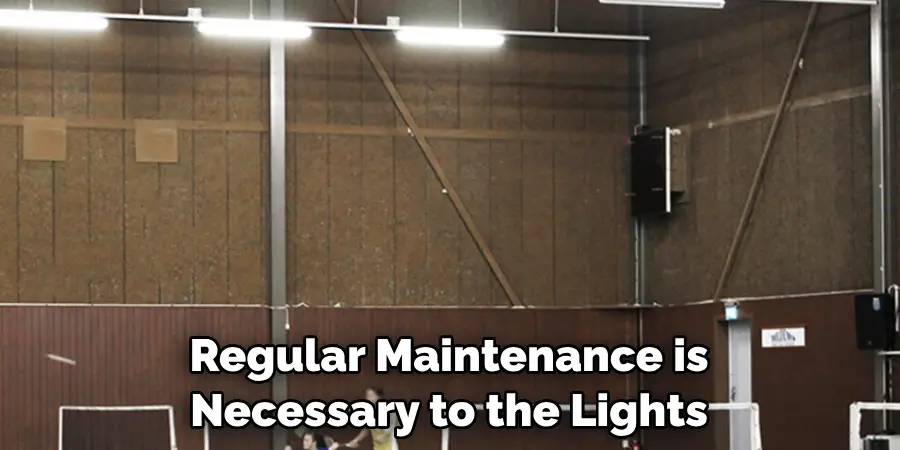
2. Uneven Lighting:
Uneven lighting can make it difficult for players to see the shuttlecock and can affect their performance. This issue is often caused by improper installation of the lighting system. Make sure that the lights are evenly spaced and at the correct angle for optimal illumination. If necessary, adjust the positioning of the lights to achieve even lighting.
3. Glare of Lights:
Glare from the lights can be a major distraction for players and affect their gameplay. This issue is commonly caused by using lights with high wattage or incorrect positioning of the lights. If you are experiencing glare, consider replacing the bulbs with lower-wattage ones or installing light shields to direct the light downward instead of toward the court.
4. Lights Not Meeting Brightness Requirements:
Badminton court lighting must meet certain brightness requirements to ensure proper visibility for players. If your lights are not meeting these requirements, it could be due to incorrect bulb wattage or a lack of maintenance. Make sure you are using bulbs with the correct wattage and regularly clean any dirt or debris from the light fixtures to maintain optimal brightness.
5. Lights Interfering with Other Electrical Equipment:
Some courts may experience interference between the lighting system and other electrical equipment, such as sound systems or scoreboards. This can result in dimming or flickering of the lights. To prevent this issue, make sure that all electrical equipment is properly grounded and consider using separate circuits for the lighting system and other equipment.
Following these troubleshooting tips can help to ensure that your badminton court lighting is functioning properly and providing optimal visibility for players. Regular maintenance and inspections can also help prevent potential issues from occurring in the first place. If you are unable to resolve any issues on your own, it may be best to consult a professional electrician for assistance. Keep in mind that proper lighting is essential for a safe and enjoyable badminton playing experience. So, it is important to address any issues with the lighting system promptly and effectively. With these tips in mind, you can ensure that your badminton court remains well-lit for players of all skill levels to enjoy. Happy playing!
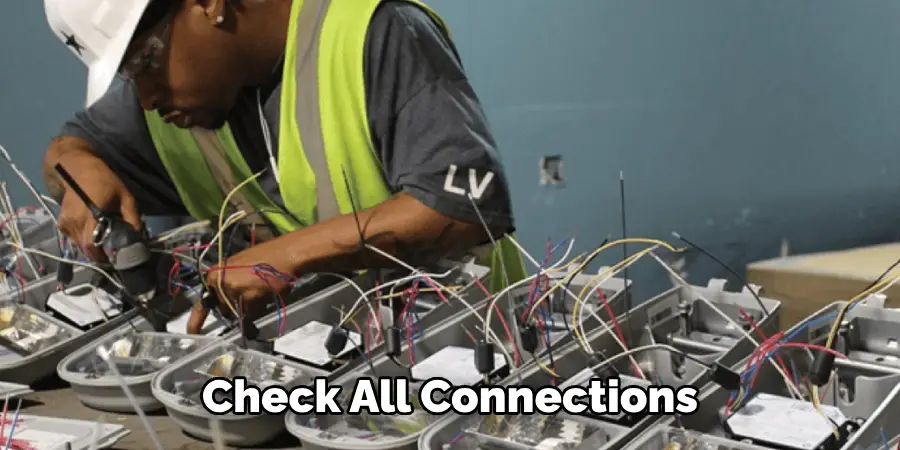
Precautions Need to Be Followed for Wiring Badminton Court Lighting
1. First and foremost, it is important to consult a professional electrician for the installation of badminton court lighting. This will ensure that all the safety standards are met and there are no potential hazards in the wiring system.
2. The wiring should be done according to local building codes and regulations. These codes vary from location to location, so it is necessary to research and understand them thoroughly before starting the installation.
3. All the wiring materials used should be of good quality and should follow industry standards. This will ensure the longevity and efficiency of the lighting system.
4. It is important to plan the layout of the lights carefully. This includes determining the number of lights needed, their placement, and the type of lights to be used.
5. All wiring should be done using proper tools and techniques. It is recommended to use pliers, wire cutters, and other specialized tools for a neat and effective installation.
6. The wires should be secured and protected from any potential damage or tampering. This can be done by using conduits, cable trays, or other protective measures.
7. Proper grounding and insulation of wires are crucial for the safety of the lighting system. This should be done according to local regulations and by using high-quality materials.
8. Regular maintenance and inspection of the wiring system is necessary to ensure its proper functioning and identify any potential issues before they become major problems.
Following these precautions will not only ensure the safety and efficiency of the badminton court lighting but also prevent any potential accidents or electrical hazards. It is important to take all necessary measures to ensure a safe and enjoyable playing experience for everyone using the court.
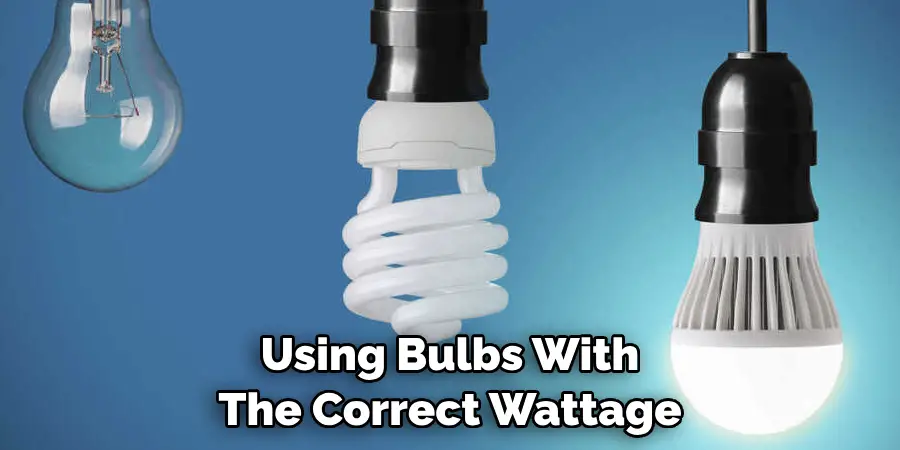
Frequently Asked Questions
What is the Recommended Height for Badminton Court Lighting?
The ideal height for badminton court lighting is around 30 feet or 9 meters above the ground. This provides sufficient coverage and uniformity of light across the entire court. It also helps to minimize glare and shadows, making it easier for players to see the shuttlecock. However, the specific height may vary depending on the type of lighting fixture used and the size of the court.
What Type of Lighting Fixture is Best for Badminton Courts?
Several types of lighting fixtures can be used for badminton courts, such as LED, metal halide, and fluorescent lights. However, LED lights are generally considered the best option for several reasons. They have a longer lifespan, consume less energy, and produce brighter and more consistent light compared to other options. They also have better control over directionality and can be easily dimmed or adjusted for different lighting needs.
How Many Lighting Fixtures Do I Need for a Badminton Court?
The number of lighting fixtures needed for a badminton court varies depending on the size, type, and layout of the court. Generally, 8 to 10 fixtures are sufficient for an outdoor court, while 10 to 12 fixtures are recommended for an indoor court. However, this may also depend on the lighting requirements set by your local sports authority or organization.
What Kind of Wiring Should I Use for Badminton Court Lighting?
The type of wiring you should use for badminton court lighting depends on the power and voltage requirements of your chosen lighting fixtures. It is essential to choose high-quality wires that can withstand harsh outdoor conditions, such as moisture and heat. It is also recommended to have a professional electrician install and connect the wiring to ensure safety and proper function.
Conclusion
All in all, knowing how to wire badminton court lighting is essential in providing a safe and enjoyable playing experience for all players. By following the recommended height, using LED lights, determining the right number of lighting fixtures, and choosing high-quality wiring, you can ensure that your badminton court is well-lit and ready for play at any time.
Remember to always consult with professionals and follow regulations set by local authorities when installing lighting for your court. With the right lighting, you can enhance the overall experience and make your badminton court a welcoming space for players of all levels. So go ahead and light up your badminton court, and enjoy playing under bright and uniform lighting! Happy playing!

